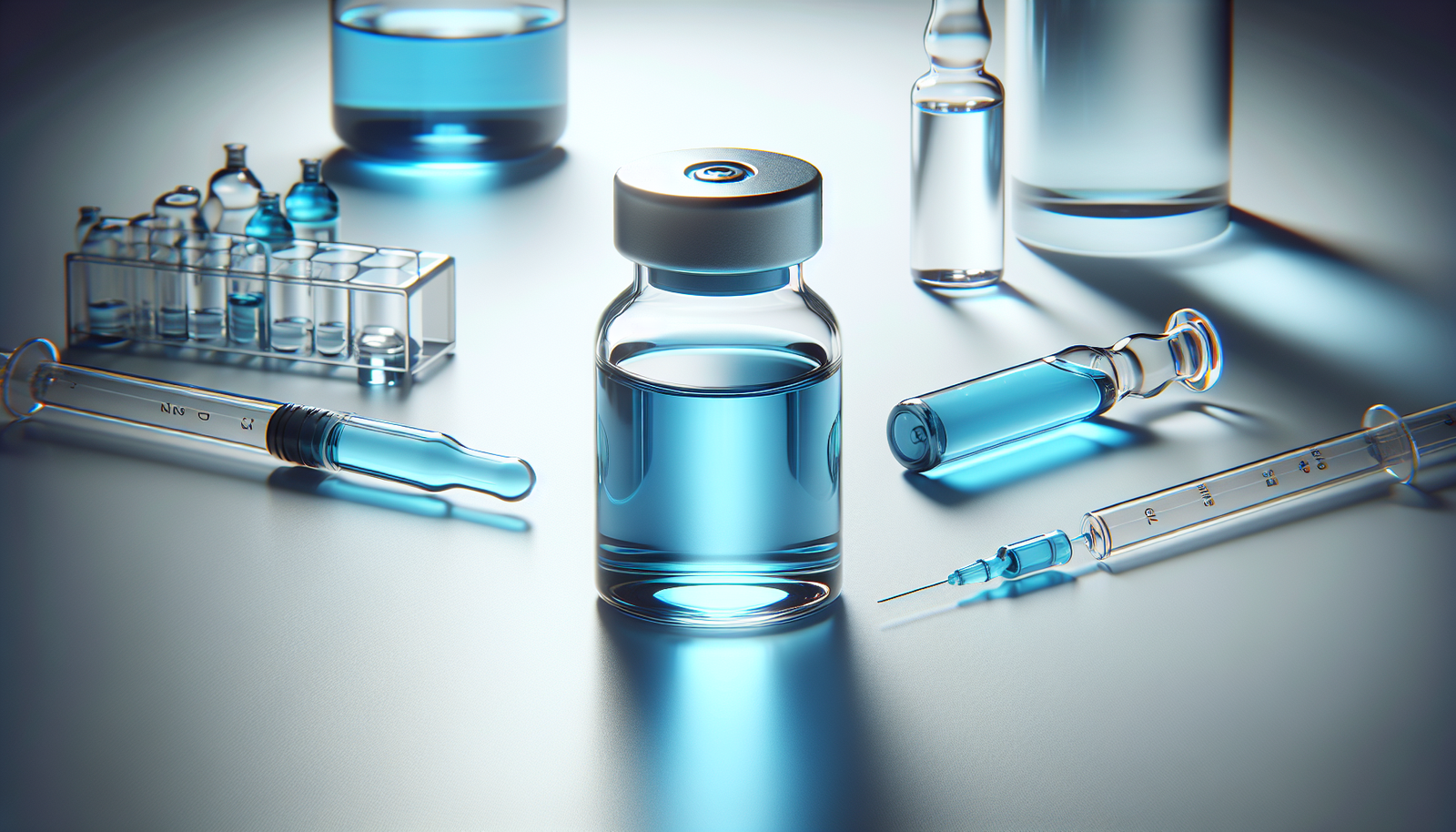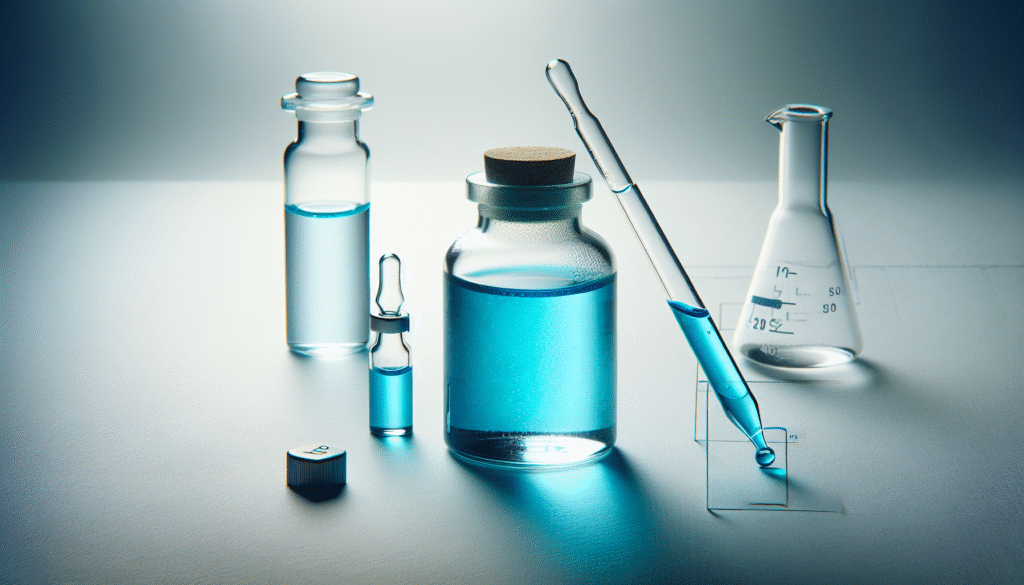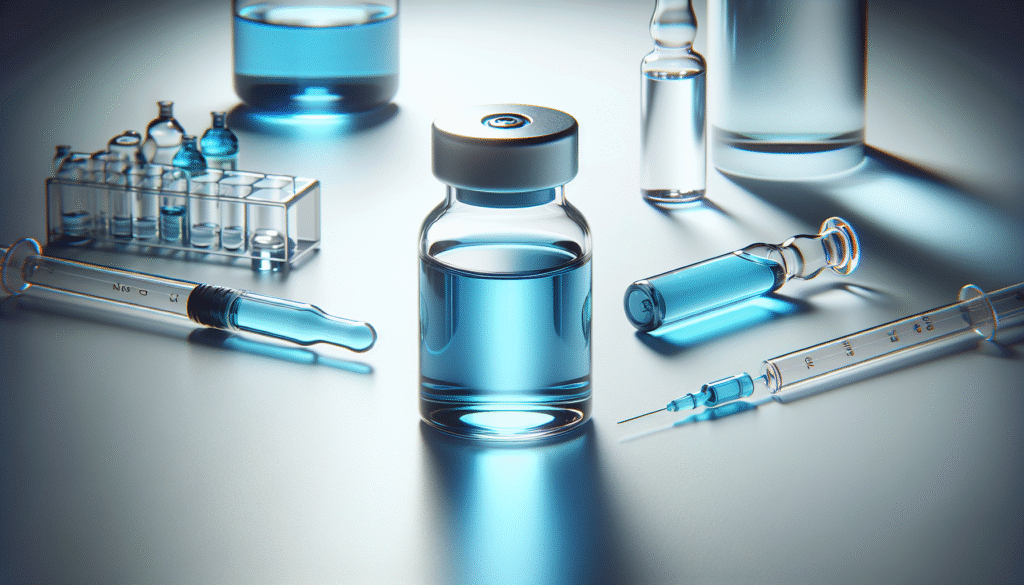
Have you ever wondered how a simple dye could possess remarkable properties that extend far beyond its basic use in laboratories? Methylene blue, a compound that initially gained recognition as a biological stain, has emerged as a versatile tool in various fields, including medicine and even wellness practices. Understanding how to use it effectively can lead to fascinating benefits.

Understanding Methylene Blue
Methylene blue is a synthetic dye with a distinctive deep blue color. Initially used in histology and bacteriology for staining purposes, its properties extend beyond aesthetics. It is known for its electron-accepting abilities, which facilitate its use in a variety of settings, including microbiology and even certain therapeutic applications.
Chemical Composition and Properties
Methylene blue is a thiazine dye derived from coal tar. Its molecular formula is C16H18ClN3S, featuring a positively charged nitrogen atom that contributes to its unique properties. This compound’s ability to accept electrons allows it to participate in redox reactions, making it useful in many biochemical processes.
Historical Context
Initially developed in 1876, methylene blue was used primarily as a textile dye and later found utility in medicine. It has a storied history of being employed as an antiseptic and an antimalarial agent. Over time, researchers have continually unraveled its potential applications in modern science and health.
Medical Applications of Methylene Blue
You may be surprised to learn that methylene blue has various medical applications, ranging from treating specific conditions to serving as a diagnostic tool. Understanding these uses can help you appreciate the compound’s importance in medical science.
Antimalarial Agent
One of the most notable historical uses of methylene blue is as an antimalarial medication. Before the widespread availability of more modern treatments, methylene blue was used to treat malaria, primarily due to its ability to inhibit the growth of the malaria parasite.
Treatment of Methemoglobinemia
Methemoglobinemia is a condition where hemoglobin is transformed into methemoglobin, which is unable to effectively carry oxygen in the blood. Methylene blue has been effectively used as a treatment to revert methemoglobin back to its functional form. It acts as a reducing agent, facilitating electron transfer necessary for hemoglobin function.
Antioxidant Properties
Recent studies have highlighted methylene blue’s antioxidant properties, which contribute to neuromodulation and neuroprotection. This role is particularly significant in conditions that involve oxidative stress, like neurodegenerative diseases.
Table 1: Medical Uses of Methylene Blue
| Application | Description |
|---|---|
| Antimalarial | Treats malaria by inhibiting parasite growth |
| Methemoglobinemia Treatment | Restores hemoglobin function by reducing methemoglobin |
| Antioxidant | Offers neuroprotection against oxidative stress |
Methylene Blue in Research and Diagnostics
Beyond its medical applications, methylene blue is extensively used in research and diagnostic procedures. You might find it intriguing how this versatile compound plays a critical role in various experiments and analyses.
Diagnostic Tool
In laboratory settings, methylene blue can be employed to visualize biological specimens. Its ability to bind to cellular components enables scientists to observe cellular structures under a microscope.
Role in Chemotherapy
Some studies suggest methylene blue may have a role in enhancing the effectiveness of certain chemotherapy drugs. By acting as a photosensitizer, it may promote cancer cell death when used in conjunction with specific wavelengths of light.
Investigating Cellular Processes
Researchers often use methylene blue in experiments to study cellular respiration and mitochondrial function. Its redox properties make it a valuable tool for understanding the dynamics of cellular metabolism.
Table 2: Research and Diagnostic Applications
| Application | Description |
|---|---|
| Diagnostic Tool | Visualizes specimens in microscopy |
| Chemotherapy Enhancer | May enhance effectiveness of chemotherapy drugs |
| Cellular Processes Investigation | Useful in studying respiration and metabolism |
Methylene Blue in Wellness and Alternative Medicine
As interest grows in holistic health approaches, methylene blue has found a place within the alternative medicine community. Here, you will learn how it is being utilized beyond traditional medical boundaries.
Cognitive Enhancement
Recent trends suggest that methylene blue may have applications as a cognitive enhancer. Some research indicates its potential to improve memory and learning by enhancing mitochondrial function in brain cells.
Antidepressant Effects
Methylene blue’s potential antidepressant effects have elicited interest in the mental health sphere. Preliminary research indicates that it may help alleviate symptoms of depression by modulating neurotransmitter systems.
Dosage Considerations
If you are considering methylene blue for wellness purposes, it’s crucial to understand proper dosage. While medicinal uses often involve specific dosages under medical supervision, wellness practices may vary in their recommendations.
Table 3: Wellness Applications and Considerations
| Application | Description | Dosage Considerations |
|---|---|---|
| Cognitive Enhancement | Potentially improves memory and learning | Consult with a professional for recommendations |
| Antidepressant Effects | May alleviate depression symptoms | Individual needs may vary |

How to Use Methylene Blue Safely
Given its various applications, safety is paramount when using methylene blue. Understanding the proper ways to incorporate it into your practice can mitigate potential risks associated with misuse.
Consulting with Healthcare Professionals
Before embarking on any course of treatment that involves methylene blue, it is crucial to consult with healthcare professionals. They can provide tailored advice based on your health status and needs.
Forms of Methylene Blue
Methylene blue is available in various forms, including tablets, solutions, and injections. Depending on the intended use, the appropriate form will vary. Familiarizing yourself with these options can help you make informed decisions.
Monitoring for Side Effects
Be vigilant about possible side effects which may include skin discoloration, gastrointestinal disturbances, and in rare cases, severe allergic reactions. Continuous monitoring is essential, particularly if you are using methylene blue for therapeutic purposes.
Table 4: Safety Considerations
| Consideration | Description |
|---|---|
| Consultation | Seek professional advice before use |
| Forms Available | Methylene blue in tablets, solutions, injections |
| Side Effects Monitoring | Be aware of potential reactions |
Conclusion: The Future of Methylene Blue
Methylene blue embodies an intriguing convergence of history, science, and potential for the future. As research continues, new applications may emerge, solidifying its place as a valuable compound in both medical and alternative practices.
By understanding how to use methylene blue effectively and safely, you open the door to its myriad benefits. Whether exploring its medical applications or considering its potential in wellness practices, knowledgeable and mindful use is key to optimal results.
Remember, your approach to health and wellness should always be informed and balanced. As you delve into the possibilities of methylene blue, take the time to educate yourself on its implications, consult with experts, and pay attention to how it fits into your overall health narrative.